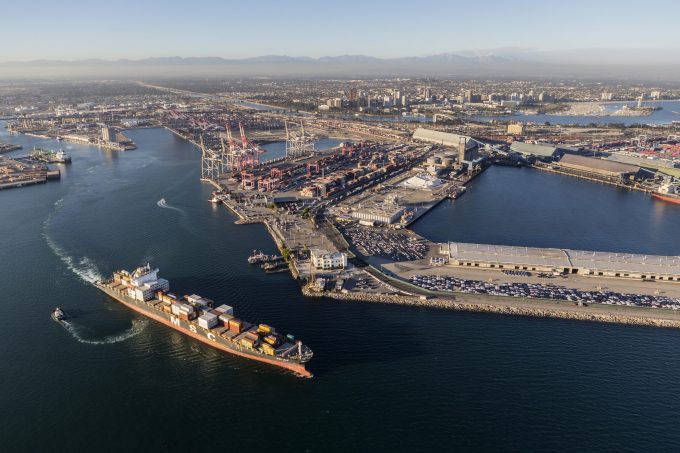Amazon Air Cargo partners-up for new transpacific route into the US
Amazon has joined the dots on yet another lane of its growing air cargo network, ...

A perfect storm of supply chain disruptors, on top of the imminent ‘Trump tariffs’, could mean a rush of imports by US shippers to bolster their stock and some to “re-evaluate sourcing decisions”.
Senior manager of container research at Drewry, Simon Heaney, told The Loadstar: “I ...

Comment on this article